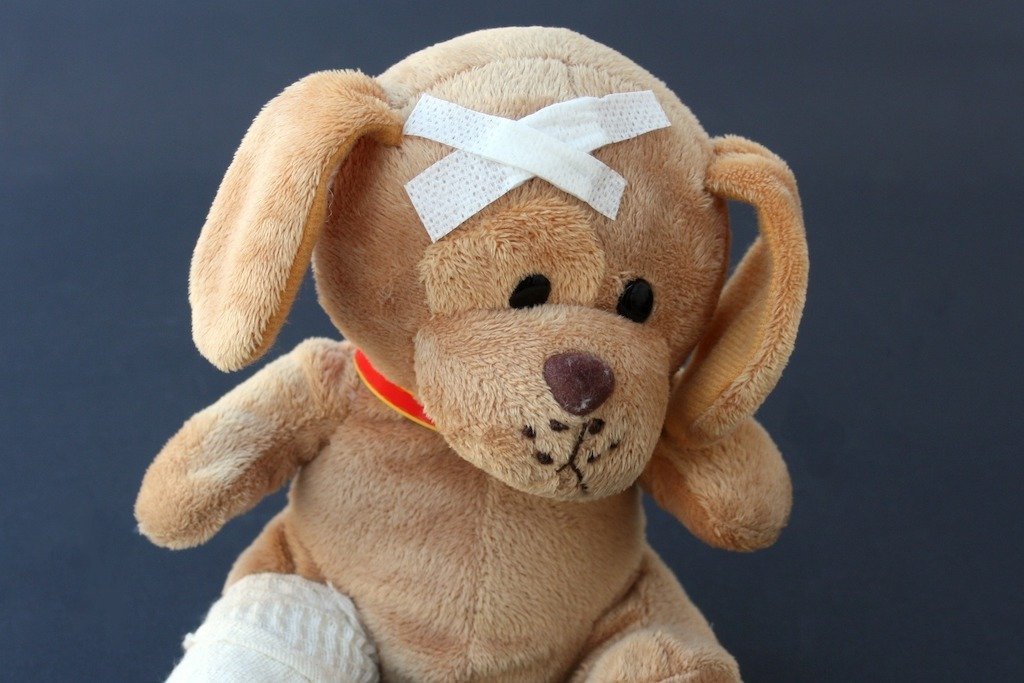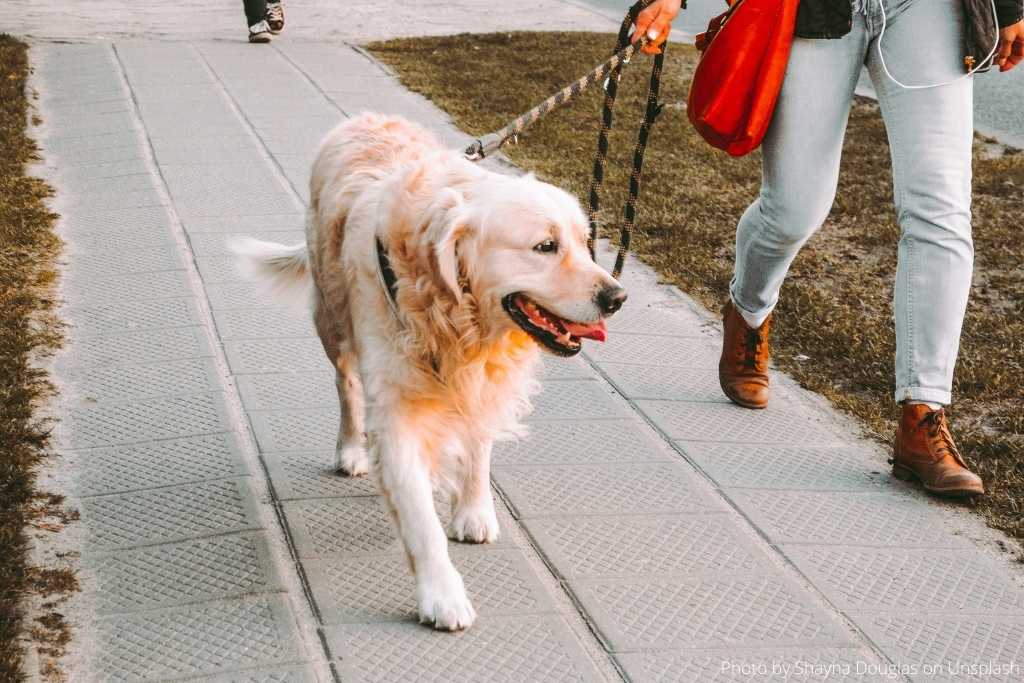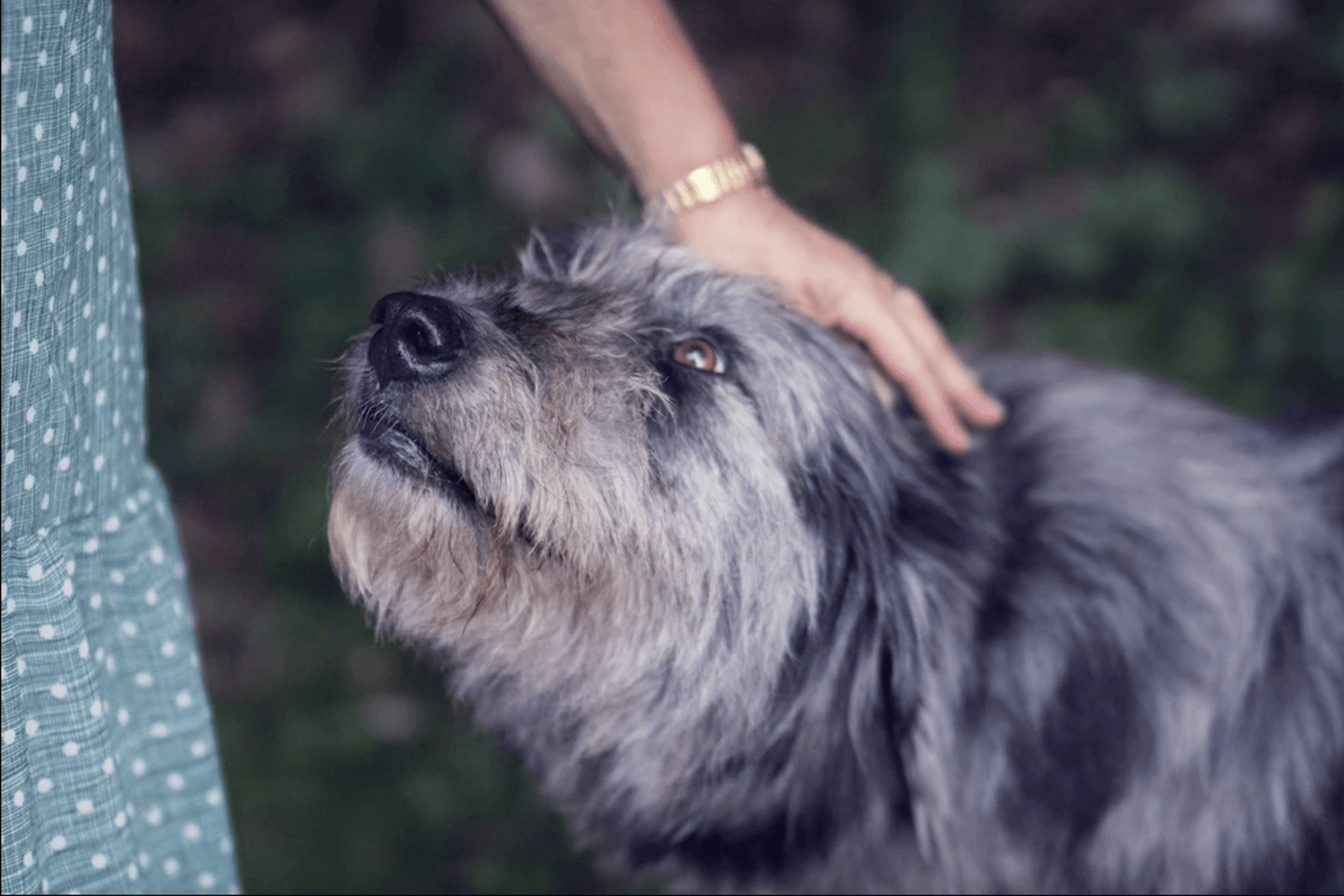MORE TO SHIP FREE 🚚
NICE. SHIPPING IS FREE 🎉
MORE TO REDEEM GIFT 🎁
YAY. REDEEM A FREE GIFT 🥳
YOUR CART IS EMPTY. SHOP NOW.
What should you do if your dog gets injured? What can you do if your dog is bleeding or suffering from other ailments? How can you stop your dog biting when in pain?
Here are 5 things you should do if your dog is injured.

Emergency situations can be overwhelming but to make sure you don’t miss anything, take a deep breath and calm down. Focus on your pup’s condition and what needs to be done.
If you have a pet first aid kit like Suisa Emergency First Aid Kit, make sure to grab it. Some great tools to have in your first aid kit include Dom & Cleo’s Colloidal Silver Sprayfor smaller cuts and wounds, and a comfortable soft collar like SALA First Aid Comfy Recovery Soft E-Collar.
Once you’ve calmed down, assess the situation - does your pup need saving? Are they injured badly? How is your pup feeling?
Injured dogs can be aggressive and unpredictable because of the pain, adrenaline and fear. Always approach injured dogs carefully. Crouch down to look smaller so you don’t alarm them, and get a barrier like a blanket. If your pup is particularly aggressive, get a Artero Nylon Dog Muzzle for dogs on them.

Once you’re able to get close to your dog, check their body for injuries without moving them too much. If your dog is bleeding, get a towel or pressure bandage to stop bleeding by applying pressure. Do not lift off the cloth and keep the wounded area elevated if possible.
If your dog’s injuries are not too severe, apply Artero X-Top Styptic Powder on the bleeding area. For insect bites, fungus infections and sores, Virbac Wound-Gard® Antiseptic Bitterant Spray can also be handy.
If you can’t handle your dog’s injuries on your own, call your local veterinarian. Check if animal ambulances are available. If there are no available ambulances, drive or get someone with a car to drive you to the nearest vet clinic.
When moving your dog to the car, avoid unnecessary movement. Use a large towel or blanket as a makeshift stretcher and keep your dog secure with towels and other paddings. Cover them with a blanket as they could be going through shock.
To reassure them, speak in a calm and soothing tone, but try not to hug them or make too much contact with them to avoid aggravating their injuries.

After your pup gets help, consult your vet on any medication your pup may need, and how you can assist them on their recovery such as assisting with wound care for dogs.
Keep your dog as comfortable as possible with blankets and a large bed like Big Borky Orthopedic Dog Bed. But if your dog has any wounds or stitches, get a dog cone collar like KONG’s Ez Soft Dog Collar, also known as a dog e-collar, for them. Investing in a soft cone for dogs like KONG’s Cushion Dog Collar ahead of time and doing some e-collar leash training can help alleviate some stress in these situations.

If the typical e-collar isn’t working for your pup, try KONG’s Cloud Collar as it doesn’t interfere with their peripheral vision or ability to eat or drink while providing the same wound protection.
If your pup is generally full of energy and runs around the house a lot, consider getting some of TRILUC’s Non-Slip Pet Mats so they don’t slip and cause their wounds to open. For itchy and painful injuries, give Natural Vets’ Skin Soothing Cream a try. Essential Dog’s Anti-itch dermal Spray is also great to prevent itchiness.
Most of all, give them plenty of love and attention to help keep their morale high. Delicious treats and new toys are a great way to help distract them from any pain they may feel!
 TAMMI CHNG
TAMMI CHNG
Walking your pup regularly is just as vital as your need to take a shower every day. Dog...



